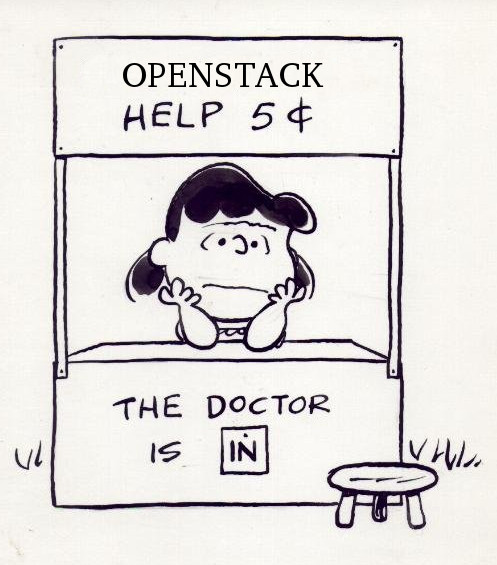In an OpenStack environment, cloud-init generally fetches information from the metadata service provided by Nova. It also has support for reading this information from a configuration drive, which under OpenStack means a virtual CD-ROM device attached to your instance containing the same information that would normally be available via the metadata service.
It is possible to generate your network configuration from this configuration drive, rather than relying on the DHCP server provided by your OpenStack environment. In order to do this you will need to make the following changes to your Nova configuration:

